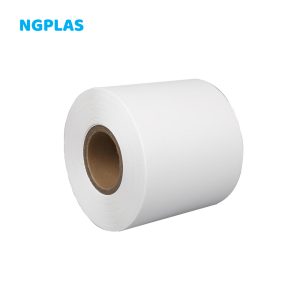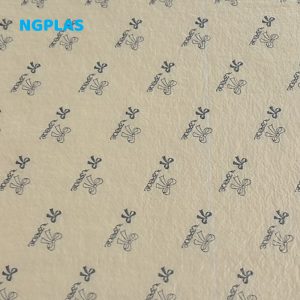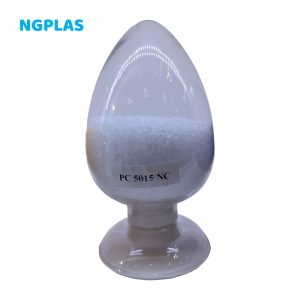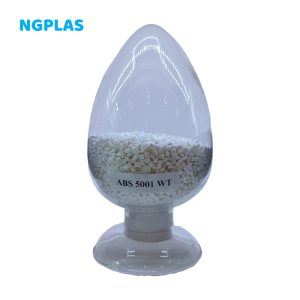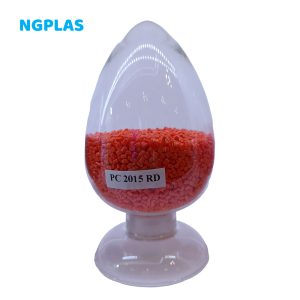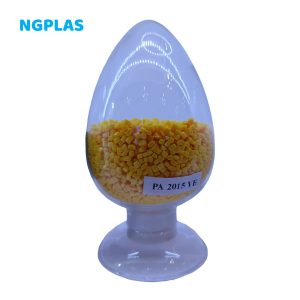PBT is a thermoplastic polyester material, the full name is polybutylene terephthalate (Polybutylene Terephthalate), referred to as PBT.
Properties:
PBT has the characteristics of high heat resistance, toughness, fatigue resistance, self-lubrication, low friction coefficient, etc. It is a milky white translucent to opaque crystalline thermoplastic polyester at room temperature, with high heat resistance, toughness, fatigue resistance, low water absorption (only 0.1%), etc.
Application:
It is widely used in industries such as electrical appliances, automobiles, aircraft manufacturing, communications, home appliances, transportation, etc. For example, after being modified by glass fiber, PBT can be used to manufacture electronic components that require long-term operation at high temperatures and high dimensional stability. PBT has a high breakdown voltage and is suitable for making high-voltage resistant parts. Due to its good fluidity in the molten state, it is suitable for injection processing of electrical parts with complex structures, such as integrated circuit sockets, printed circuit boards, computer keyboards, electrical switches, fuses, temperature control switches, protectors, etc. Automobile bumpers, carburetors, spark plugs, fuel supply system components, igniters, etc. In the field of communications, PBT is widely used in integrated modules, wiring boards, power tools, etc. of programmable telephones.
| Item | Testing Standard | Testing Condition | Unit | HT-423 | HT-424 |
| Tensile Stress | GB 1040 | 50mm/min | MPa | 120 | 110 |
| Tensile Strain | GB 1040 | 50mm/min | % | 3 | 2 |
| Flexural Strength | GB 9341 | 2mm/min | MPa | 190 | 175 |
| Flexural Modulus | GB 9341 | 2mm/min | MPa | 7500 | 6500 |
| Impact Strength | GB 1043 | 2mm Gap | KJ/m² | 12 | 10 |
| Density | GB 1033 | 23℃ | g/cm³ | 1.52 | 1.65 |
| Melt Flow Index | GB 3682 | 230℃/2.16KGS | g/10min | 25 | 10 |
| HDT | GB 1634 | 0.45MPa | ℃ | 210 | 200 |
| Flammability | UL94 | 3.2mm | / | HB | V0 |

